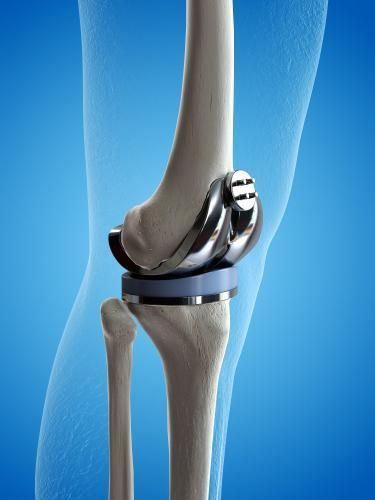Mirror Box Therapy
Mirror box therapy is derived from the use of a mirror to reflect the use of a normal functioning limb to trick the brain to reinforce movement without pain. It involves placing the affected limb inside a box or covered with the reflective side displaying the “working limb” back to the person. From their perspective, they see two fully functional limbs. This type of therapy has been widely used for people with amputated limbs who experience phantom limb pain, complex regional pain syndrome and people recovering from stroke.
Phantom limb pain is where a person feels painful sensations from a limb that is no longer there. The mechanisms of phantom limb pain are not widely understood; however it is thought to be due to peripheral mechanisms due to the injury-causing disrupted input from afferent nerves back to the spinal cord and changed in central neural mechanisms. Mirror box therapy can assist people with phantom limb pain by using the mirror to assist with visual feedback making it real for the patient to see movement and move the “phantom limb”. They receive feedback through vision and proprioception which assist the person to see real movement and that this can occur without pain. The idea is to trick the brain to remodel the cortical systems that may provide relief through visual dominance of the motor-sensory process and activation of mirror neurons through visual movement.
There are some limitations to the use of mirror therapy in rehabilitation with restrictions to the location of injury as well as the extent of injury and the variety of pathologies that induce pain. Mirror box therapy can be easily added into exercise-based routines using active or passive range of motion movements and other exercises for patients based on their level of ability. It is best to consult an accredited exercise physiologist prior to undertaking treatment.

Taylor Downes |B. HM. | GradDipClinExPhys|
Accredited Exercise Physiologist (AEP) (ESSAM)
Najiha, A., Alagesan, J., Rathod, VJ., Paranthaman, P. Mirror Therapy: A review of evidences. IntJ Physiother Res 2015;3(3):1086-1090. DOI: 10.16965/ijpr.2015.148
Subedi, B., & Grossberg, G. T. (2011). Phantom limb pain: mechanisms and treatment approaches. Pain research and treatment, 2011, 864605. https://doi.org/10.1155/2011/864605
O’Connell NE, Wand BM, McAuley JH, Marston L, Moseley GL. Interventions for treating pain and disability in adults with complex regional pain syndrome‐ an overview of systematic reviews. Cochrane Database of Systematic Reviews 2013, Issue 4. Art. No.: CD009416. DOI: 10.1002/14651858.CD009416.pub2.




